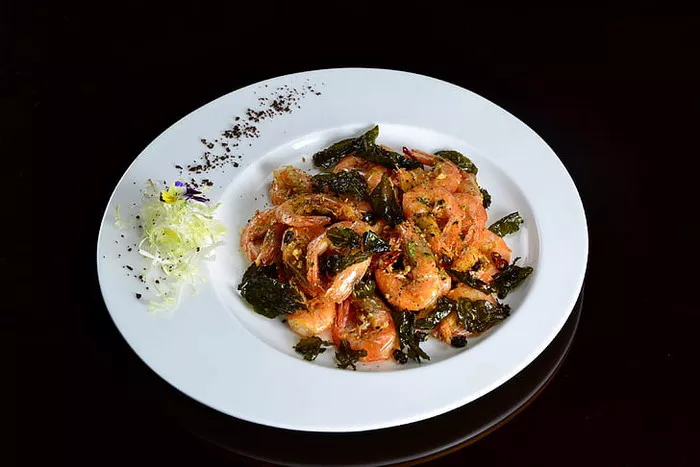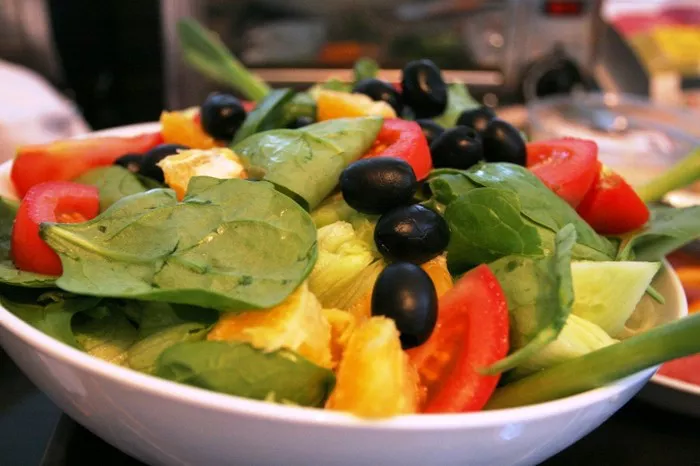Caviar, often referred to as the “black gold,” is a luxury delicacy that has adorned the tables of the wealthy and elite for centuries. Derived from the roe of sturgeon fish, caviar is renowned for its exquisite taste, delicate texture, and rarity. Among the myriad varieties of this gourmet treat, one stands out as the epitome of opulence – the world’s most expensive caviar.
The Essence of Caviar
Caviar has a storied history that dates back to ancient times. Indigenous to the Caspian and Black Sea regions, caviar was cherished by nobles and royalty, symbolizing prestige and indulgence. Traditionally served as a simple accompaniment to blinis or toast points, caviar has evolved into a culinary masterpiece that graces the plates of the finest restaurants and high-society events worldwide.
Caviar’s exclusivity arises from the specific species of sturgeon that produce the prized roe. Beluga, Ossetra, and Sevruga sturgeons are among the most sought-after varieties, each offering a distinct flavor profile and appearance. The rarity of sturgeon, coupled with the intricate process of harvesting and processing the roe, contributes to caviar’s elevated price tag.
The Jewel of Luxury: Almas Caviar
When it comes to the pinnacle of extravagance in the world of caviar, Almas caviar reigns supreme. Almas, meaning “diamond” in Russian, is aptly named for its exceptional quality and eye-watering price. Harvested from the rare Beluga sturgeon, Almas caviar is produced by only a handful of elite caviar houses, making it a true rarity in the culinary world.
One of the distinguishing factors that sets Almas caviar apart is its color. Unlike the more common shades of black or gray, Almas caviar boasts a luminous golden hue. This unique color is attributed to the age of the Beluga sturgeon – the older the sturgeon, the lighter the roe. As Beluga sturgeons can live for up to 100 years, Almas caviar comes from the oldest specimens, making it exceptionally precious.
The Culinary Journey of Almas Caviar
The journey from sturgeon to spoon is a meticulous process that demands expert craftsmanship. Almas caviar is harvested from mature Beluga sturgeons, which can weigh several hundred kilograms. After extraction, the roe undergoes a delicate curing process using minimal salt to preserve its natural flavors. This meticulous approach ensures that the caviar retains its delicate texture and nuanced taste.
Once the roe is perfectly cured, it is meticulously packed into a container made from the sturgeon’s outer membrane. This presentation adds a layer of authenticity and elegance to the product, as the container is reminiscent of the sturgeon itself. This careful packaging is a nod to the traditional methods of storing caviar, which were practiced by the Russian and Iranian nobility.
The Price Tag of Prestige
As with any luxury item, the price of Almas caviar reflects its exclusivity, craftsmanship, and rarity. Almas caviar is known for its staggering price tag, with a kilogram (2.2 pounds) of this golden delight costing upwards of tens of thousands of dollars. For context, a single spoonful of Almas caviar can amount to hundreds of dollars, making it a symbol of affluence and extravagance.
Several factors contribute to Almas caviar’s astronomical price. The scarcity of mature Beluga sturgeons, the labor-intensive harvesting process, and the meticulous curing and packaging methods all add to the product’s overall cost. Additionally, the golden hue of the caviar is not only visually captivating but also contributes to its premium value.
Beyond the Price: The Culinary Experience
While the cost of Almas caviar may seem exorbitant, it offers an unparalleled culinary experience that transcends its price tag. The golden pearls burst with a rich, buttery flavor that is both delicate and intense, creating a symphony of tastes that dance on the palate. The caviar’s velvety texture and lingering finish make each bite a journey of indulgence.
Almas caviar is often served in a minimalist fashion to allow its flavors to shine. Accompaniments such as blinis, toast points, crème fraîche, and chopped chives provide a subtle backdrop that complements the caviar’s essence. The experience of savoring Almas caviar is not just a gustatory delight but a sensory journey that encapsulates the artistry and mastery behind its creation.
The Legacy of Almas Caviar
Beyond its culinary magnificence, Almas caviar represents a legacy that spans centuries. It carries the traditions of the noble courts of yore, where caviar was a treasured delicacy exchanged as gifts among royalty. The rarity of Almas caviar encapsulates the conservation efforts required to protect the dwindling sturgeon populations and preserve their role in the ecosystem.
Almas caviar also embodies the art of craftsmanship and dedication to excellence. From the delicate handling of the roe to the presentation in the sturgeon-shaped container, every aspect of its creation speaks to the commitment of the caviar houses to uphold the legacy of this exceptional delicacy.
In Conclusion
Almas caviar stands as a testament to the marriage of culinary artistry and extravagance. Its exquisite golden hue, derived from the roe of the rare Beluga sturgeon, captures the essence of luxury and prestige. The journey from sturgeon to spoon involves meticulous craftsmanship, resulting in a caviar that offers an unparalleled gustatory experience.
While the price of Almas caviar may be beyond reach for most, its legacy resonates with the traditions of the past and the efforts to safeguard the sturgeon populations for the future. As diners indulge in this golden delight, they partake in a gastronomic voyage that transcends time and space, embodying the essence of opulence in a single, radiant pearl of caviar.
























